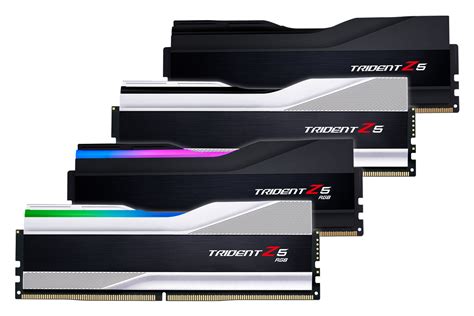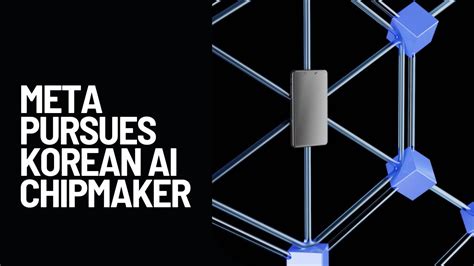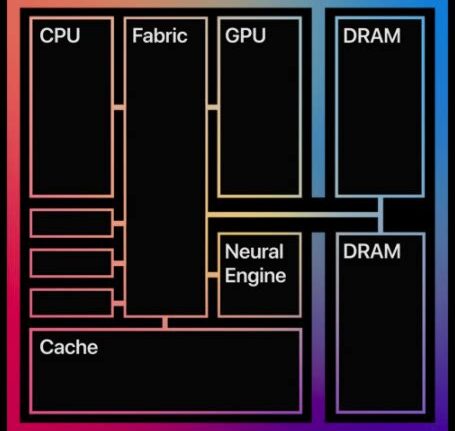—
Unleashing the Power of G.Skill DDR5 RAM
In the world of high-performance computing, speed is king. And when it comes to memory modules, pushing boundaries and shattering records is always a thrilling achievement. G.Skill recently made headlines with its Trident Z5 DDR5 RAM, which was overclocked to an impressive 6027MHz or 12,054MT/s – all without the need for exotic cooling methods like liquid nitrogen.
The mastermind behind this remarkable feat? An expert overclocker known as ‘speed.fastest’ from Indonesia. With just air cooling and a fan directed at the memory module (alongside water cooling for the CPU), this enthusiast managed to achieve speeds that left tech enthusiasts buzzing with excitement.
The Quest for Speed: Breaking Down the Numbers
While this achievement may not have clinched the top spot in global rankings, sitting at 16th place according to HWBot’s latest data, it is still a noteworthy milestone. What sets this record apart is the fact that it was accomplished using conventional air cooling techniques rather than resorting to extreme measures like liquid nitrogen or dry ice.
G.Skill highlighted the significance of this accomplishment by stating, “Previously, reaching the DDR5-12000 milestone required a more extreme cooling method.” This breakthrough showcases the incredible overclock potential of modern hardware when put in capable hands.
Behind The Scenes: Hardware Configuration
To achieve these blazing speeds, ‘speed.fastest’ utilized a single Trident Z5 DDR-8000 CL38 24GB stick of RAM paired with an Intel Core Ultra 9 285K processor and an Asus ROG Maximus Z890 Apex motherboard. Additionally, another overclocker named ‘saltycroissant’ based in Canada replicated similar results using air cooling on an ASRock Z890 Taichi OCF motherboard.
These feats underscore not only the capabilities of G.Skill’s cutting-edge memory technology but also highlight how strategic hardware configurations can push performance boundaries beyond expectations.
The Catch: Practicality vs. Achievement
While achieving such extraordinary speeds without exotic cooling methods is undoubtedly impressive, there’s a catch that tempers some of that initial excitement. In practical terms, running a CPU at just one core and 400MHz isn’t viable for real-world usage scenarios.
Despite its impracticality for everyday computing tasks, this milestone serves as a testament to what is achievable with DDR5 technology within specialized setups. It offers a glimpse into the untapped potential waiting to be harnessed in future systems.
—
As technology continues to evolve and enthusiasts push boundaries further each day, moments like these remind us of the endless possibilities within reach when innovation meets expertise. The journey towards faster speeds and greater efficiency in computing marches on as we eagerly await what groundbreaking achievements tomorrow will bring.









Leave feedback about this